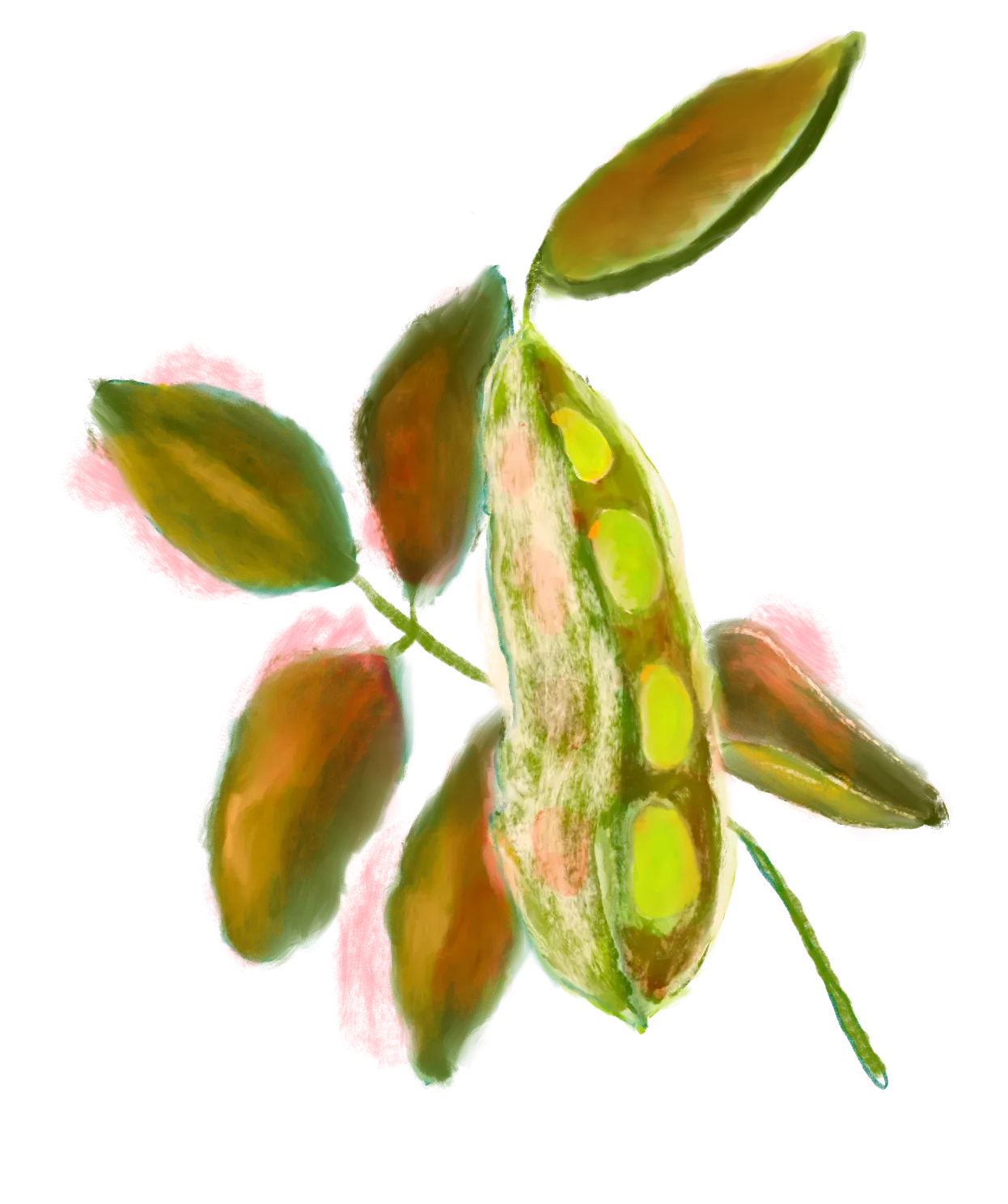how much food to plant if you want to be self sufficient
In this article, you'll learn:
- average yields of popular vegetables
- calculations of yields for different row lengths
- succession sowing possibilities for extended harvests
- which varieties of vegetables are high yielding to maximize your harvest
- other ideas to think about for food sources.
First, let's start with this farming yields chart of popular vegetables to grow and their yields. This information was from the awesome folks at Rutgers University, and then some mathy-maths helped to get calculations for different row lengths and succession opportunities.
source for foundational data and further calculations:
FS129: Planning a Vegetable Garden (Rutgers NJAES)
Here's another way to visualize farming yields: hover over the graph here to understand quantity of possible yields if you are succession gardening with 50 ft. rows:
source for foundational data and further calculations:
FS129: Planning a Vegetable Garden (Rutgers NJAES)
how much food do you need to grow to be self-sufficient?
This is a really hard question to answer, because everyone has different food preferences, eats different amounts of food, and has different sized families.
You might want to start with the goal of being self-sufficient during peak growing season, perhaps from July - September.
Then in the autumn, plant as much garlic as you think you’ll need for the following growing season. Experiment with growing winter crops under row covers, cloches, or in a greenhouse.
Next growing season in April and May, start growing as many of the long-storage crops as you can fit in addition to the other crops that you grew the previous year.
In this way, you can be self-sufficient from July - September, and then see how long your long-storage food lasted you.
Finally, in your third growing year, you should have a pretty good idea of how much food you’ll need to grow for yourself and your family.
Other things besides vegetables to think about are:
- planting fruit + nut trees to give you harvests year after year upon maturity
- chickens for eggs - if you have chickens now, think about how many more you would need to help provide some eggs during the winter. This will provide you with extra eggs during peak laying season in the spring and summer that you can store for later use. Check out our guide on raising chickens sustainably for more information.
- goats for milk - if you want to dive more into animal husbandry, goats are a great choice for milk. We have a full guide on raising goats sustainably here. You can also see if someone in your community sells goat or cow milk.
- pigs for meat + fat - if you have the space for pigs, they are a great choice for providing meat and fat. We have a full guide on raising pigs sustainably, or you can check for local farmers who sell pork and buy a butchered pig from them.
If you’re looking for more nuanced information on food serving sizes and planning for self-sufficiency in your garden, check out this book by Melissa Noris.
high yielding vegetable varieties
Some varieties of vegetables are known for their high yield: here’s a list of some from reputable seed sellers:
farming yields for self-sufficiency: in summary
While average yields of different crops will of course vary from year to year, garden to garden, and location to location, hopefully this guide can be a starting point for you to understand how much you need to plant to help you get towards your self-sufficiency goals.
Maximize your growing season with succession planting and high-yielding varieties of your favorite crops.
Think about how you can reach out to your community of local farmers to help provide items to fill in the gaps. Self-sufficiency is more-so about being dependent on yourself AND your community as opposed to just yourself. You don't have to do it all! Start with where you are, make goals, and learn as you go.
dig deeper into self sufficiency
We have two guides that you might enjoy to continue your self-sufficiency exploration.

